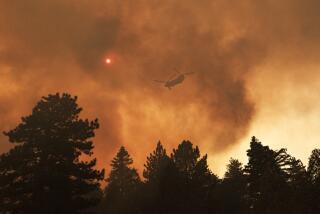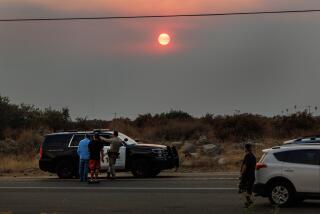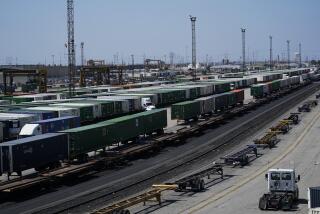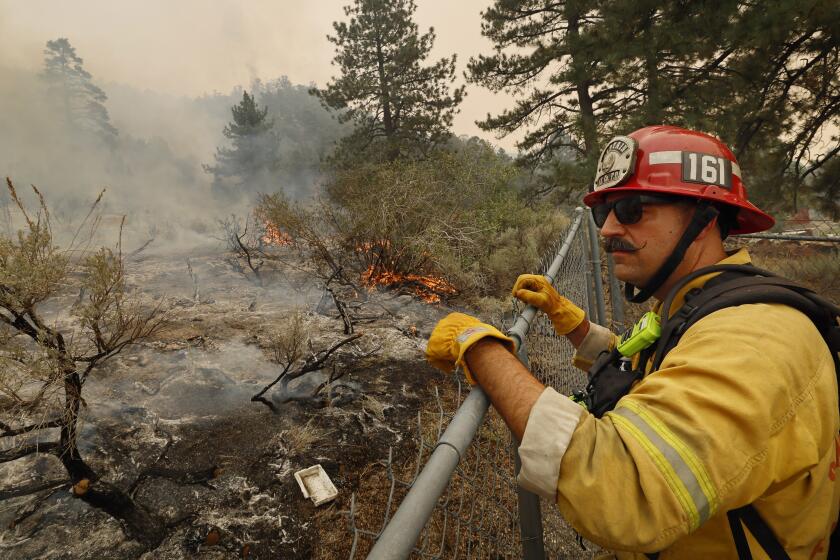California earmarks $492,000 for San Ysidro air-quality project

Casa Familiar, a San Ysidro, Calif.-based social services nonprofit, has secured $492,000 in state funds to continue and expand a project that tracks air quality across the border community.
The grant from the California Air Resources Board will continue to fund the existing network of 12 sensors that measure air pollution in San Ysidro, where its proximity to the world’s busiest border crossing has long led to concerns about health risks associated with air pollution.
The grant will also pay for 10 more sensors costing $2,000 each, as well as 100 lower-cost sensors that will be placed in 50 locations, including schools, to measure air pollution indoors and outdoors.
“Our immediate proximity to the busiest border crossing in the world makes San Ysidro a special place, but it also creates special air quality challenges for our communities,” said David Flores, community development director for Casa Familiar.
The nonprofit launched the project two years ago, with funds from the state Office of Environmental Health Hazard Assessment.
Scientists from the University of Washington and San Diego State University have provided equipment and technical assistance. As part of the project, a website was launched last year to provide real-time data on air quality in San Ysidro.
Flores said preliminary findings of a study that is part of the project confirm there is a link between air pollution and traffic that flows through the port of entry.
“There’s now undeniable data that links those two for the first time,” Flores said.
The final report is expected to be released this month.
The project aims to understand the impacts of air pollution and identify the areas in San Ysidro most affected in an effort to develop strategies to mitigate the effects of air pollution.
“Through this program, we are working hand in hand with local communities to identify the largest sources of pollution and then take action to solve the problem,” Richard Corey of the California Air Resources Board said in a statement.
With the new sensors, the project is expected to cover a larger area, including nearby regions of Otay Mesa and the eastern edge of Imperial Beach.
The grant from the board was made available through its Community Air Protection Program, which was created by a bill that Gov. Jerry Brown signed last July. The program aims to improve air quality in communities most affected by air pollution.
Additional grants secured for the project from other sources will fund six sensors that will be placed in Tijuana and two job positions for technical assistance, Flores said.
Hernandez writes for the San Diego Union-Tribune.
david.hernandez@sduniontribune.com
More to Read
Sign up for Essential California
The most important California stories and recommendations in your inbox every morning.
You may occasionally receive promotional content from the Los Angeles Times.











